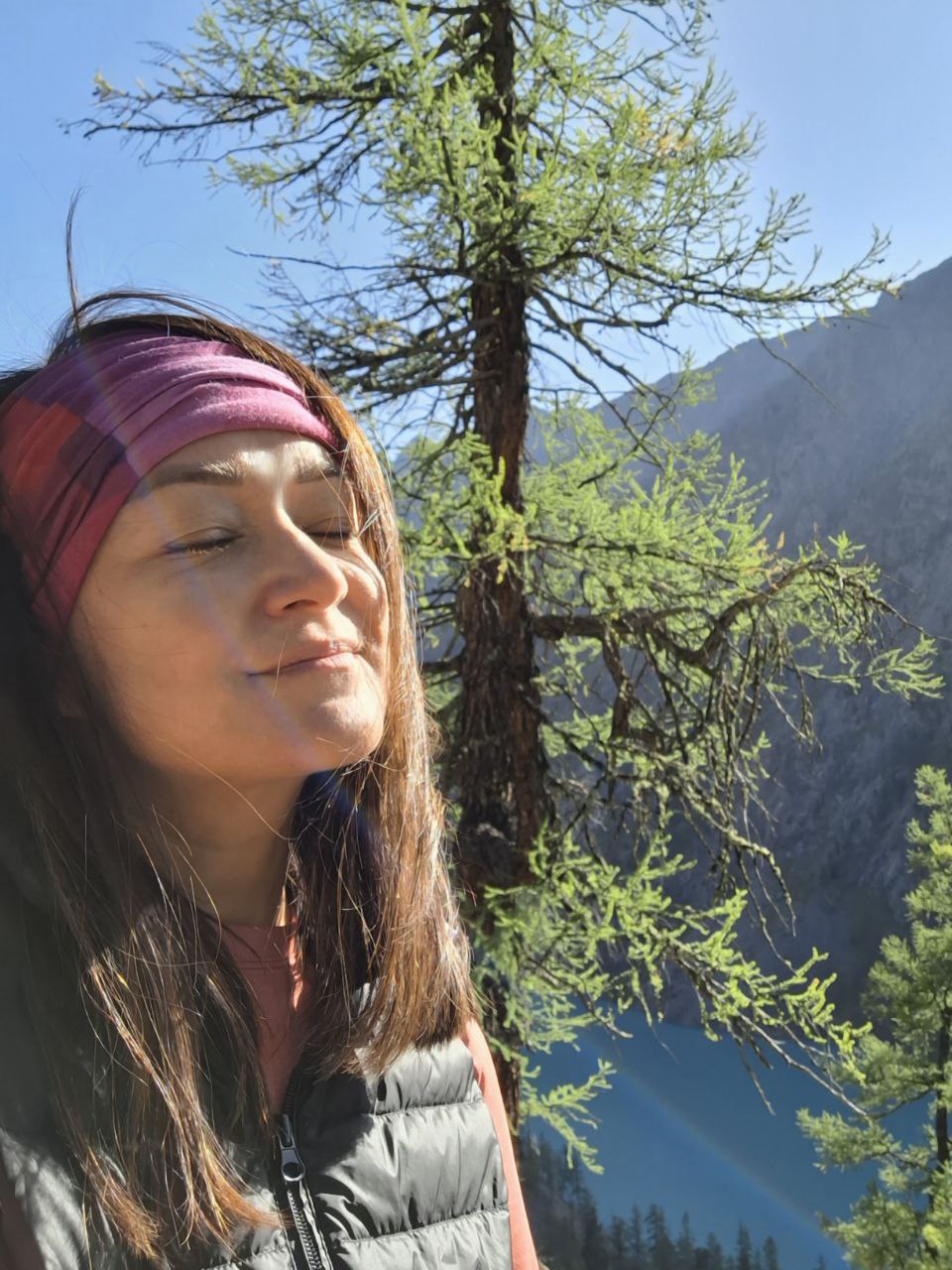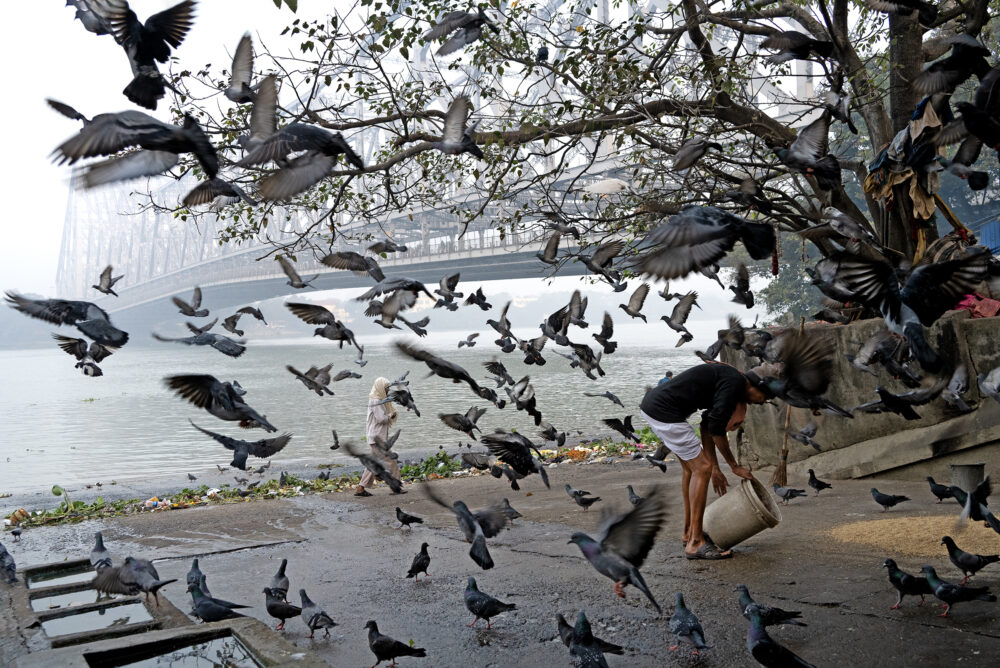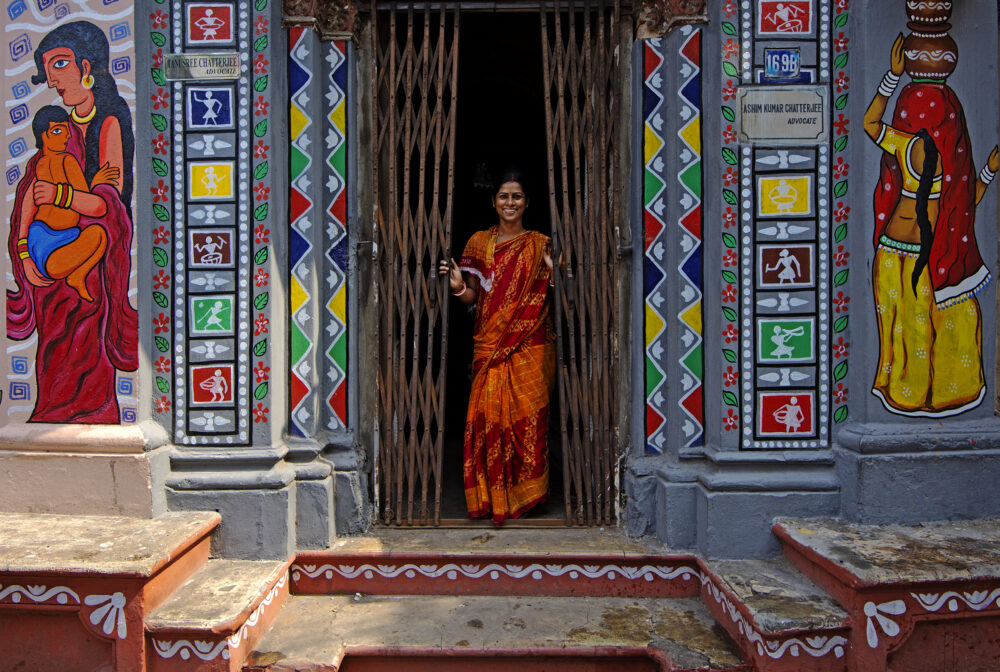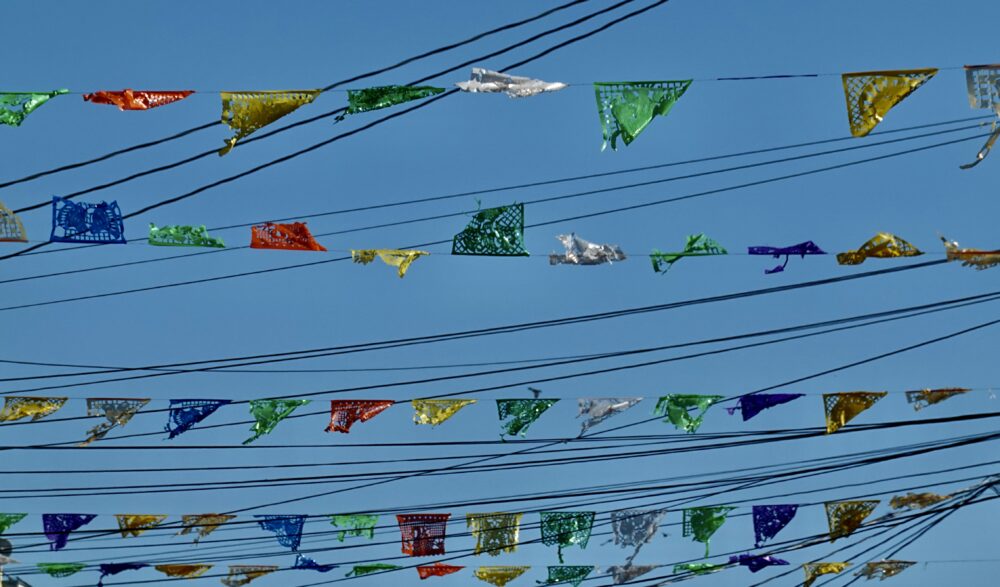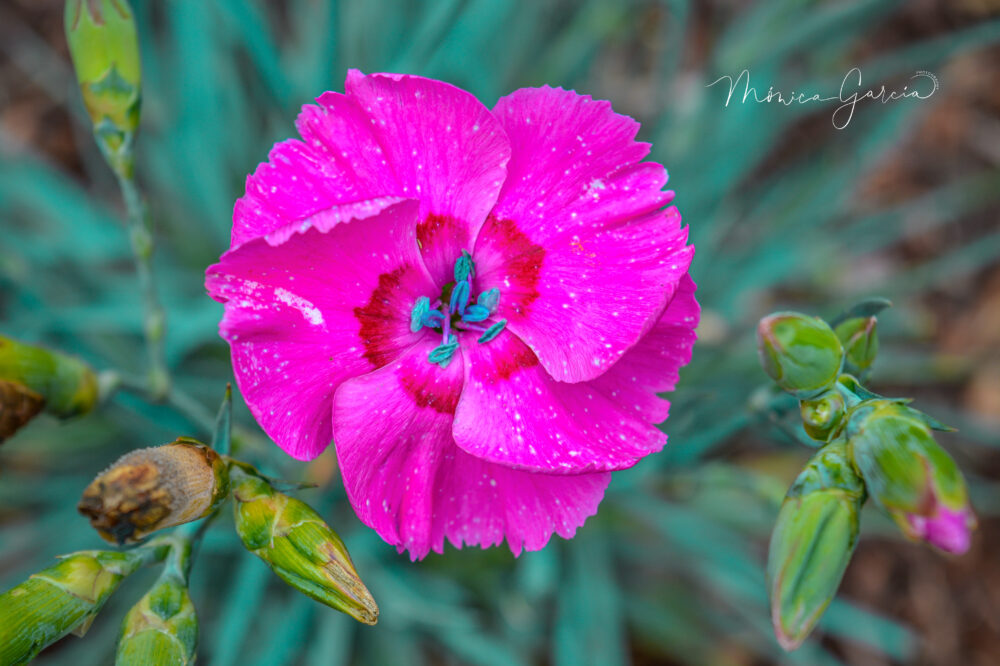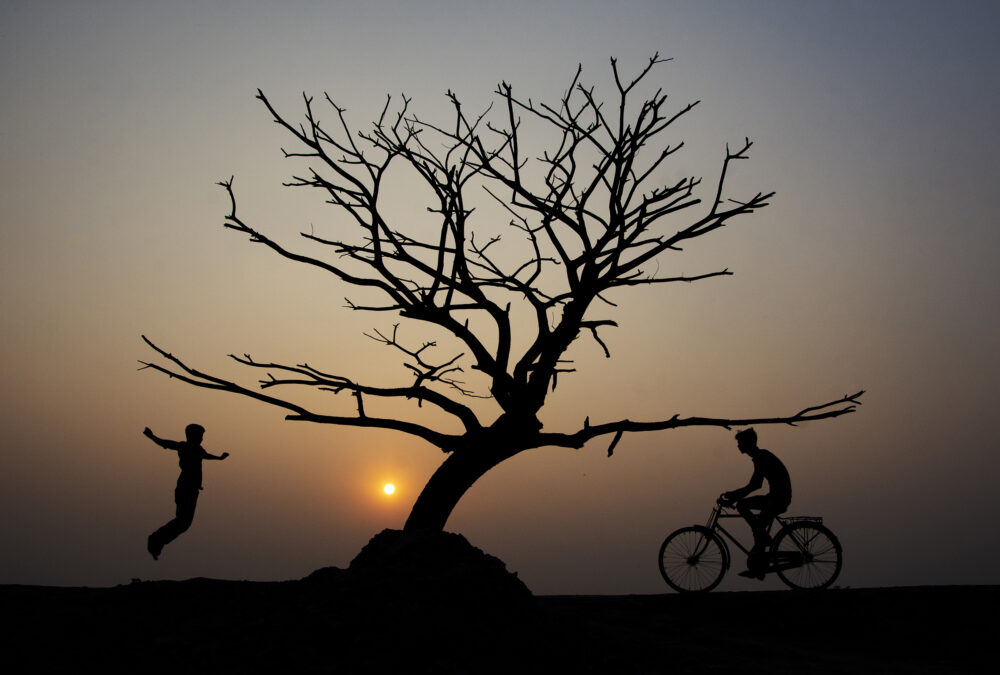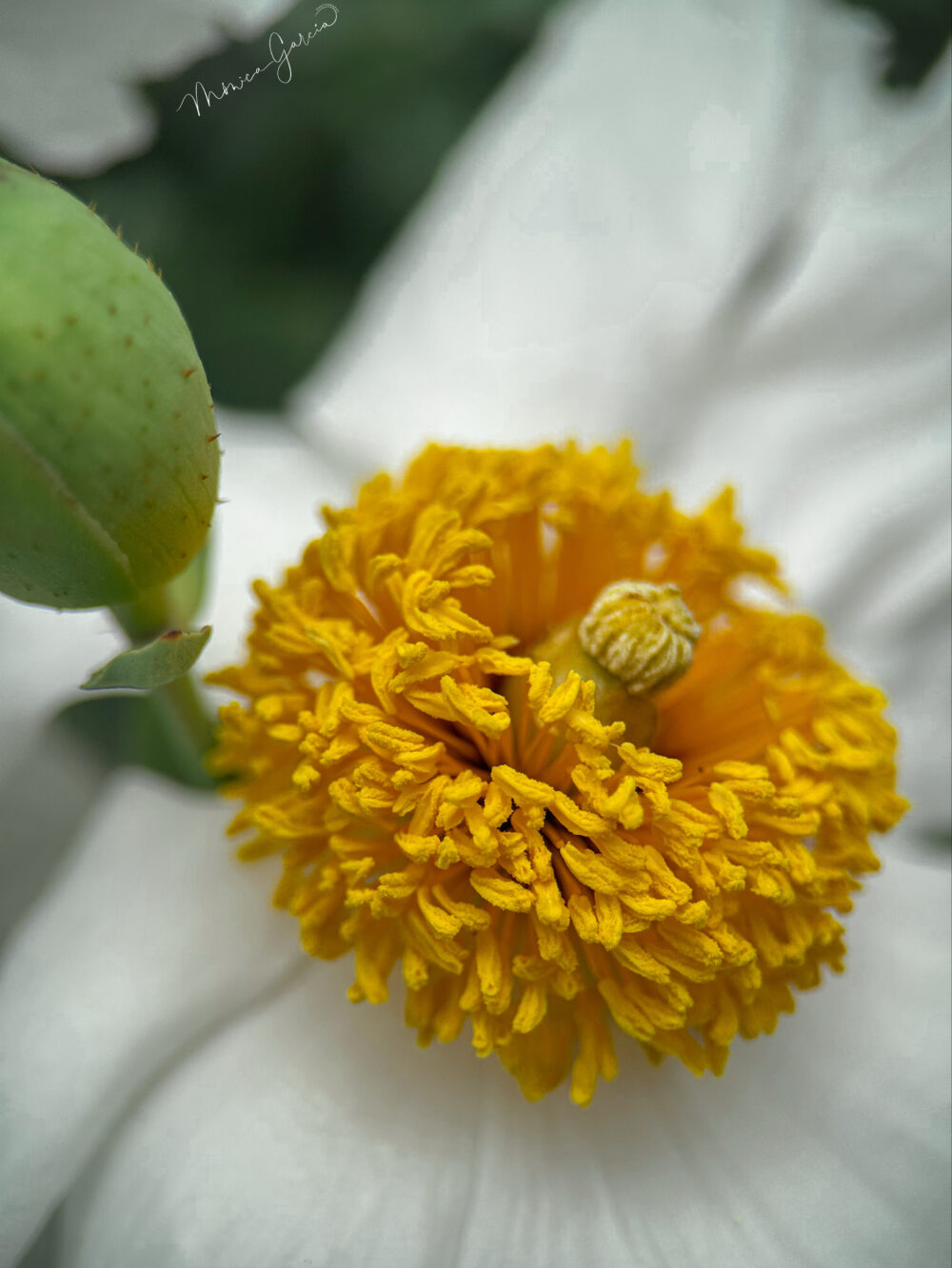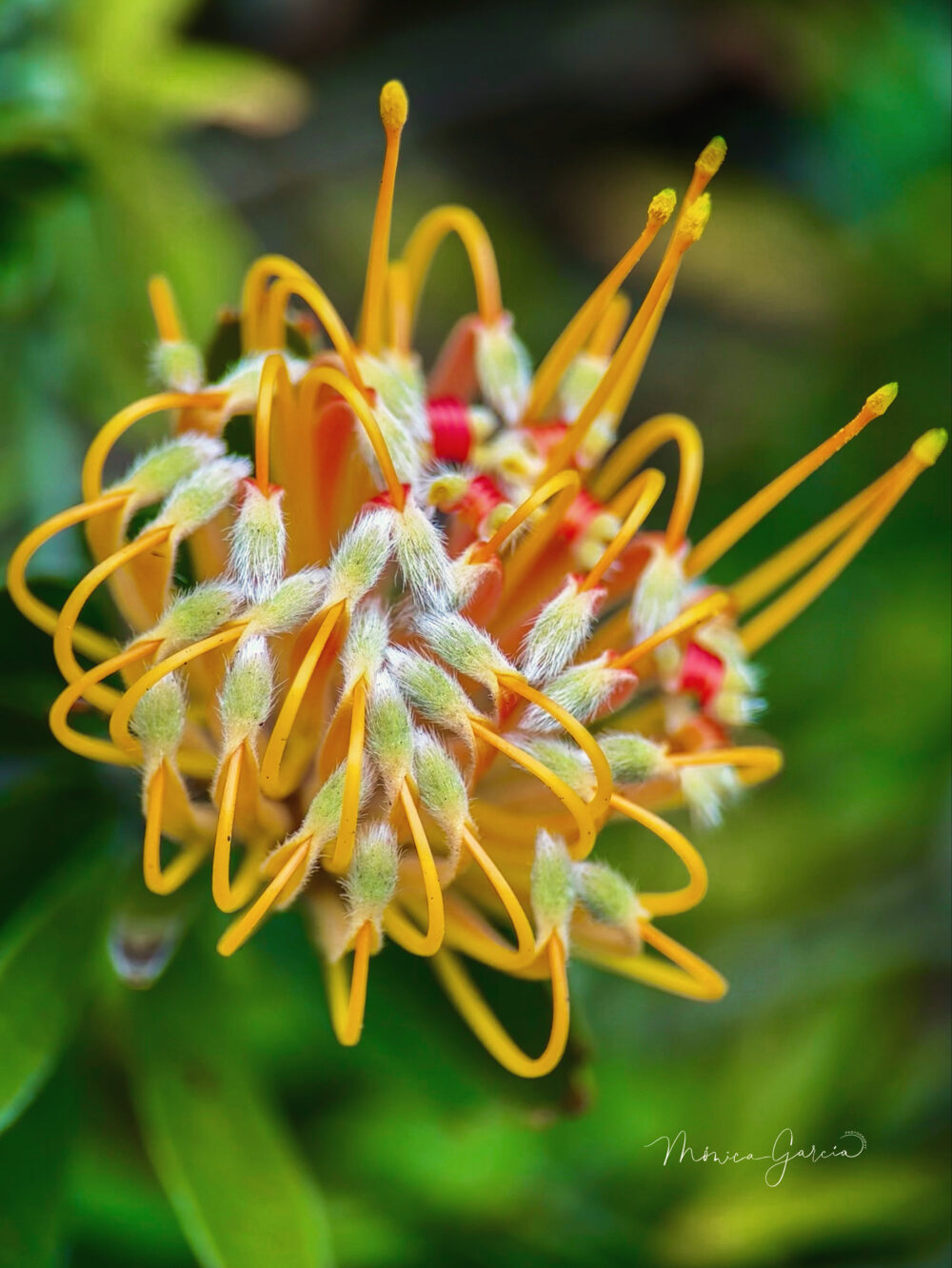UNFURLING OUR EMOTIONAL HORIZONS

UNFURLING by Cathy Jackson
“Dahlia”
Now more than ever, many people focus on polarity of opinions over common humanity. There is no denying that there is immense pain and suffering in the world, and so it is essential that we have understandings of well-being which make space for the all the emotional pricks our hearts endure daily — especially from the news.
Most surely though, it all can’t be bad right? If it was all bad, there would be no hope for a better future. Therefore, we need more vocabulary which supports the wide variety of emotions we are experiencing, as well as our own inner “unfurling” of emotional horizons. Better yet, we need perspectives which elicit appreciation of cultures and ways of life different from our own.
A while ago we introduced you to the idea of the psychologically rich life as described by a psychologist named Shiegehiro Oishi.
As Oishi describes it, the rich life is a life that is open to the full range of human emotions. Robert Biswald-Diener, son of Ed Diener (founder of the subjective well-being scale) argues that this theory allows for for both positive and negative emotions to add to our life satisfaction. After all, negative emotions are endured by all of us and although painful, many negative events can teach us important life lessons and perhaps make us more empathetic people. The rich life is about really getting out there and learning about the world and other people. It takes curiosity and a spirit of adventure.
Traveling is a great way to develop the rich life because it exposes us to all manner of people and situations. It takes us out of our comfort zones and pushes at the boundary of our creativity and problem solving. A good trip builds confidence in our ability to deal with people who are very different to us and to situations that take us by surprise.
So what is it about travel that really pushes our boundaries?
Well, to begin with, we get exposed to different cultures, traditions, and ways of life. We get firsthand knowledge about history, architecture, food, language. Hopefully we become more tolerant and accepting of human differences as we learn that although there are many differences in the way people live their lives, there are also many similarities – humans care about the same things wherever they live and their circumstance. Not only that, we learn that this holds true for people long gone – people in the past share our worries about health, wealth, children and growing old. They wondered at the state of the world, what happens after we die, and how the world was made. Travel opens us up to different socioeconomic realities in the world- and these very questions which make us human.
There is more: through travel we make new friends and bond (learn how to live with) our travel companions. You have to work to make these relationships good especially when something goes wrong. We have to learn to be flexible and live with daily uncertainty. But this very uncertainty is what can be so special because unforeseen and awe inspiring experiences can miraculously happen. We can also gain a new appreciation for nature – how can we not care about our planet and its biodiversity when we see its beauty up close?
Oishi’s research supports how travel can, change our perspectives in transformational way. After travel we might be inspired for new ways to live in the world or to find novel solutions to help the world.
USING ART AND PHOTOGRAPHY TO TRANSPORT OURSELVES
So what if you are unable to travel? Is the rich life out for you? We believe that much can be found in the humanities – we can travel through literature, music, and of course, art.
Great art is open to all of us and we can all learn to be inspired through it. There is much to be said about looking at great art and the Humanities and Human Flourishing center at Upenn has as its mission exploring just how the humanities and arts can help us flourish.
Here at SeeingHappy we are interested with what you can create in your own photography that emulates the artists from around the world and the emotions they convey in their paintings.
We have a number of ideas for you to try out. These are based on techniques artists have used for many centuries to produce different emotions in their viewers – the baroque artist in particular elicited awe and an appreciation for beauty unrivaled. Think of those inspiring baroque cathedrals – all the glitter and gold, the endless spiraling columns, the shining marble and their painted domes – what an effect this art must have had on everyone.
Perhaps we can all take lessons from art history and construct our own awe and optimism through using their techniques in our photography.
Here are a few ideas:
1. Experiment with the contrast between light and dark to create dramatic images in which the subject is illuminated and pops out of the frame.
2. Experiment with symmetry to create a pleasing balance in your photograph.
3. Experiment with color to create different moods in your photograph. We all know red is a fiery color and blue is calm – what about yellow and green? How can we change the emotional tone of our photos simply by adding a specific color?
4. Use leading lines to draw your viewer through your photograph.
5. Use the rule of thirds to create an interesting composition or break the rule of thirds to make something dramatic!
In the next few weeks we are going to introduce you to a great photography teacher and his lessons on photographic inspirations from the history of art – stay tuned!
How might you “unfurl” your rich life?
The Team at SeeingHappy
RESOURCES:








